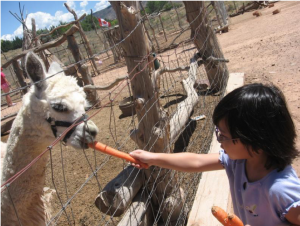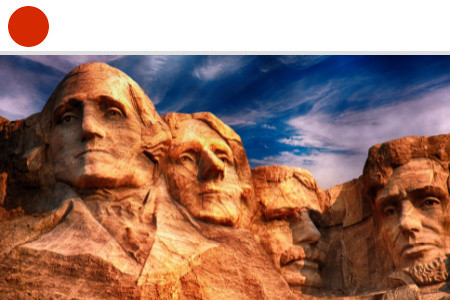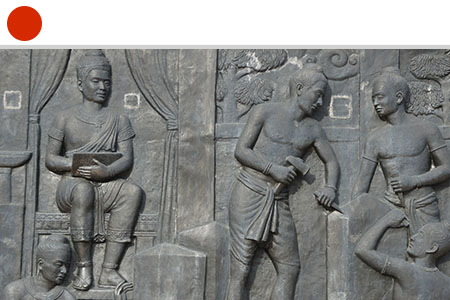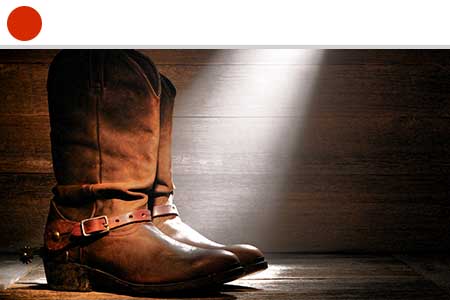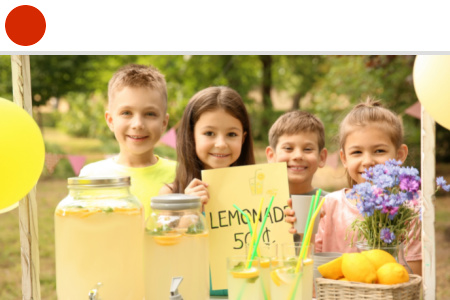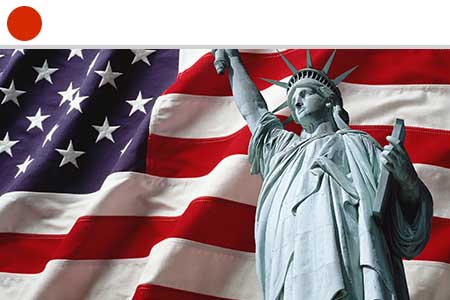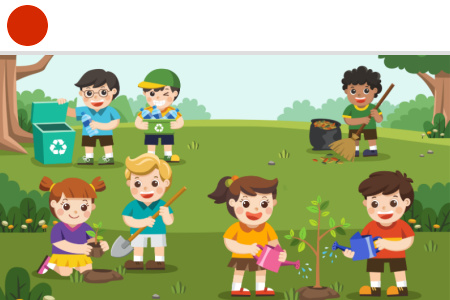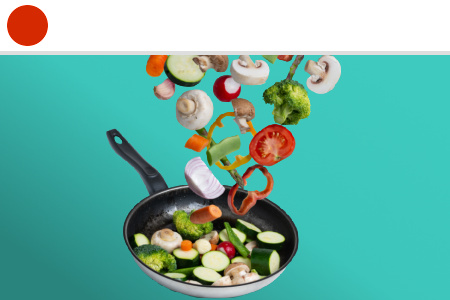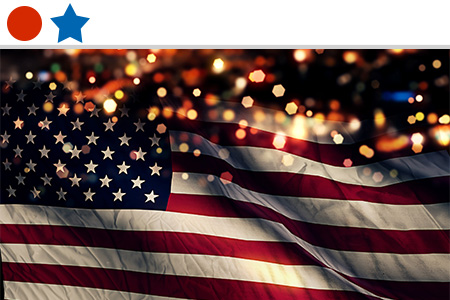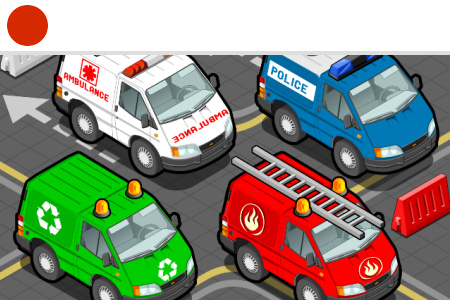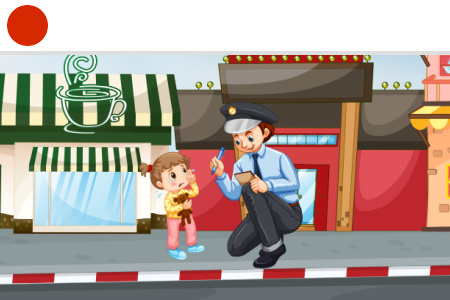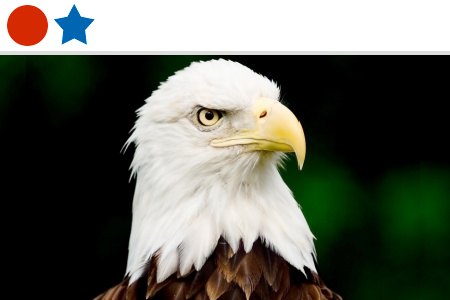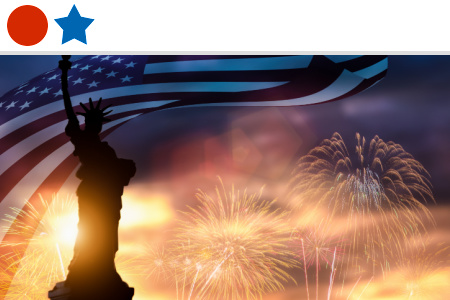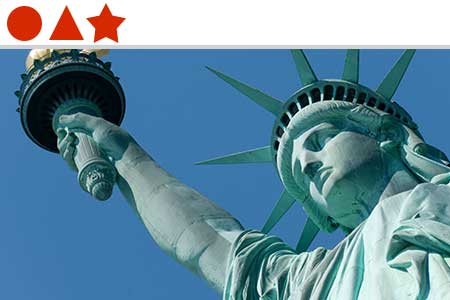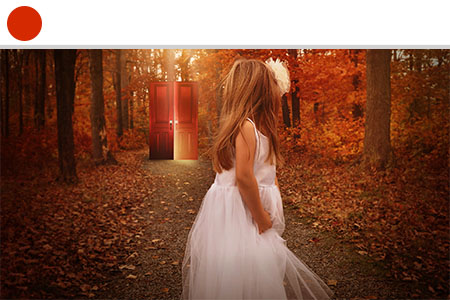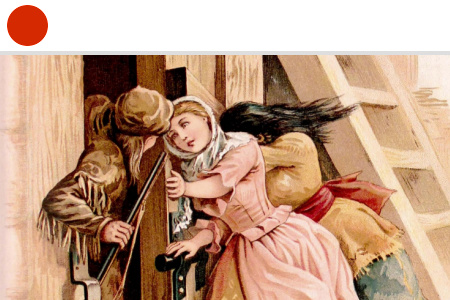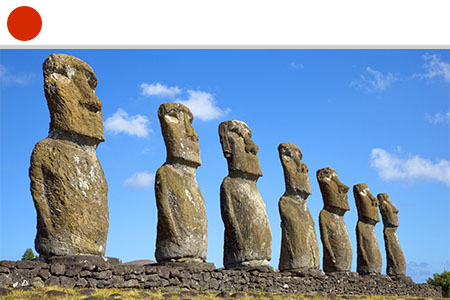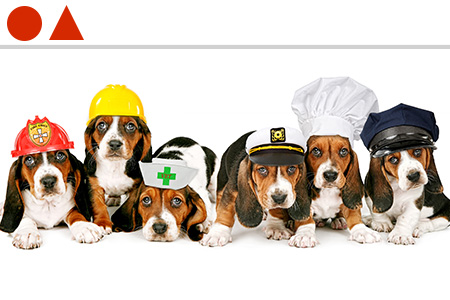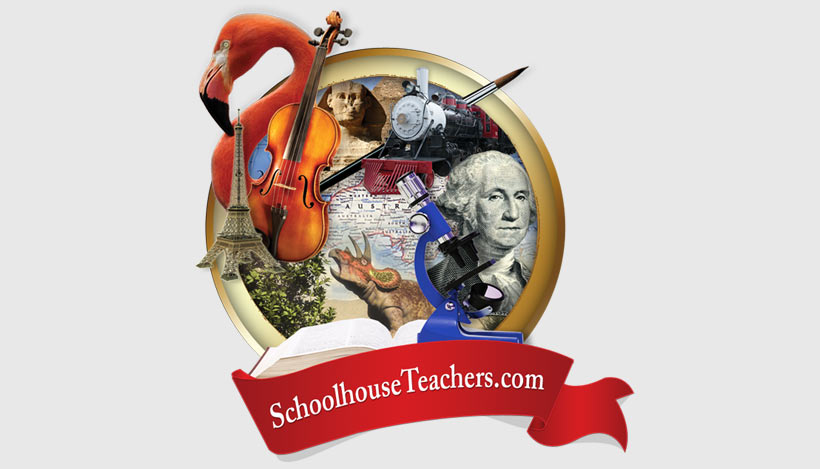
Welcome to Our All About Careers Homeschool Social Studies Course
“What do you want to be when you grow up?” Help your children discover their unique gifts while exploring career paths with All About Careers. Find out what it really takes to be a pilot, video game designer, or missionary. Study eleven careers in all! Perfect for the elementary student, these well-researched units have plenty for older kids and parents to learn as well.
External links may be included within the course content; they do not constitute an endorsement or an approval by SchoolhouseTeachers.com of any of the products, services, or opinions of the corporation, organization, or individual. Contact the external site for answers to questions regarding its content. Parents may wish to preview all links because third-party websites include ads that may change over time.
Para traducir cualquier página web, haz clic en los tres puntos o líneas en la esquina superior derecha de tu navegador, o haz clic aquí para más información.
All About Careers
Length: 11 units/22 weeks
Content type: Text based
Grades: 4–7
The Old Schoolhouse® Magazine
Related Classes You May Enjoy


